Synthesis powerhouse with distinctive wavetable timbres, Kaoss Physics, and Motion Sequencing 2.0.
In 1985, Korg’s DW-8000 combined digital wavetables with rich analog filters to give users sounds which were impossible to create with analog oscillators. It’s still a cult favorite today.
modwave builds on the DW legacy and transforms it into a modern monster synth, featuring incredibly deep wavetable oscillators, gorgeous filters, wildly flexible modulation, unmatched polyphony, comprehensive pattern sequencing, and immediately satisfying hands-on control to deliver unique, powerful, and easily customizable sounds and phrases.
modwave also introduces two unique new tools for creating dynamic motion: Kaoss Physics and Motion Sequencing 2.0. Kaoss Physics combines an x/y Kaoss pad with modulatable game physics to create a responsive, interactive controller that is—besides being powerful— a lot of fun to explore. Motion Sequencing 2.0 brings the organic, continuously evolving patterns of the wavestate’s Wave Sequencing 2.0 into the world of motion sequencing, including multiple lanes and real-time recording to help you create complex and evolving phrases that other step sequencers cannot.
Like Wave Sequencing 2.0 (wavestate) and altered FM (opsix), modwave’s evolved wavetable synthesis delivers its own brand of completely unique sounds and a knob-per-function layout that makes customizing those sounds fast and easy. To start, there are hundreds of preset sounds empowered by this new architecture, organized by front-panel category buttons, and all instantly customizable via the four Modulation Knobs. modwave’s distinctive wavetable timbres start with aggressive basses & leads, and lush ambient pads which will add a new dimension to your tracks. But that is just the start. Those who want to dig deeper will find an endless source of discovery; you’ll be finding new things in this synth for a long, long time because of the unique synth architecture. Once you have started finding new sounds – save as many as you like; there’s room for thousands more.




















